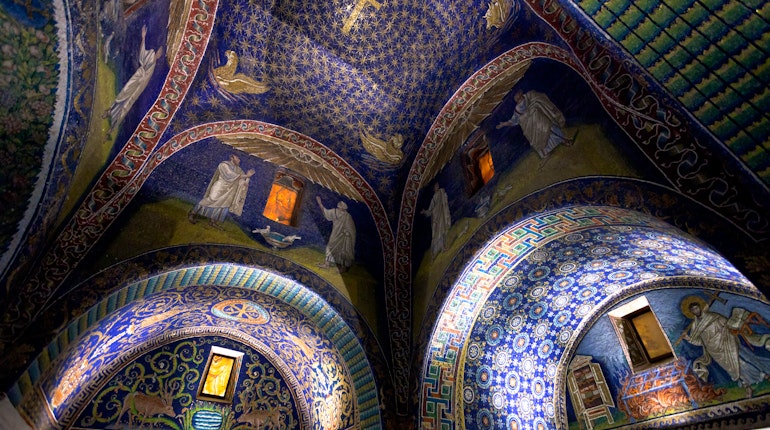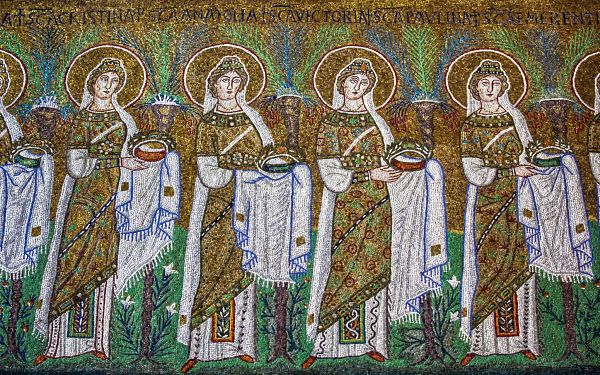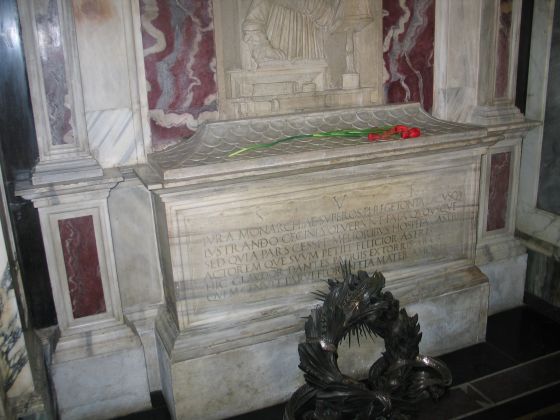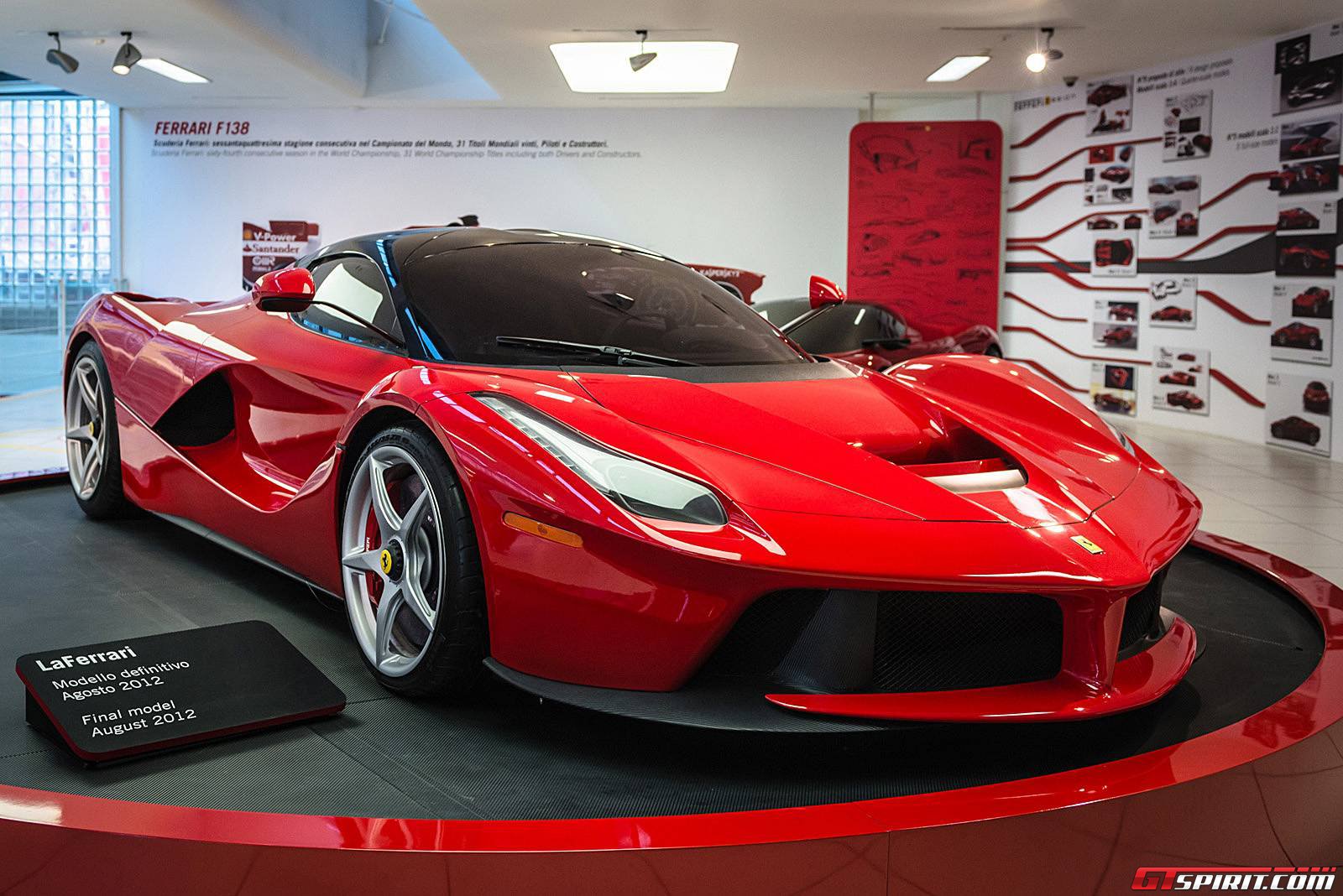March 2018
EMILIA-ROMAGNA PROVINCE
Extending north from the Apennines to the fertile Po Valley, ER has some of Italy’s most fertile land. It is known for its luxury cars, regal mansions, Romanesque churches, and opera legacy (Verdi and Pavarotti). Many of Italy’s branded foods come from here. Its main cities are Bologna, Modena, Parma, Ferrara and Ravenna.
RIMINI. In the southeast corner of the Adriatic, its beaches were dunes until 1843, when the resorts started to appear. It has morphed into a megaresort and nightclub scene. 95% of tourists come for the beachfront.
Rimini was bombed more than any other Italian city in WWII. In the Battle of Rimini, an estimated 1.5 million artillery rounds of Allied ammunition were fired on the German-occupied city.
Civic Museum. Across the street from an excavated Roman ruin, this museum has art from the 14th-century Rimini school, modern art, and local history.
RAVENNA (pop 160,000). Beginning in 402, Ravenna served as the capital of the Western Roman Empire for 3 centuries. During this time, it became the art studio for Byzantine craftsmen who covered the city’s terracotta brick churches in beautiful mosaics. Both Dante and Byron exclaimed their wonder. 11€ for all five.
I liked Ravenna as a town to be a tourist more than any other: easy parking and fewer tourists.
1. Basilica di San Vitale. Consecrated in 547, the rich greens, gold, and blues mosaics portray the Old Testament and the Byzantine emperor Justinian and his empress Theodora.
2. Mauseleo di Galla Placidia. In the same complex as San Vitale, this tiny church in the same courtyard as San Vitale, was constructed for the half-sister of Emperor Honorius. The mosaics here are the oldest in Ravenna, dating from 430 AD.

3. Basilica di Sant’Apollinare Nuovo (560 AD). Pope Gregory the Great ordered the mosaics here blackened out to prevent distracting the worshippers. 26 white-robed martyrs head towards Christ with his Apostles on the right wall. On the left, a similar procession of virgins bears offerings to the Madonna.

4. Battistero Neoniano. Constructed over former Roman baths, this octagonal baptistery depicts Christ being baptized by St John the Baptist in the River Jordan, the 12 apostles, and 8 temples and their altars. In the center is a huge baptismal font for immersion.
5. Battistero degli Ariani. This tiny octagonal baptistery is tucked into a side square. It depicts the baptism of Christ encircled by the 12 apostles.
6. Basilica di Sant’Apollinare. 5kms SE of town in the Classe, its central apse mosaic features Ravenna’s patron Sant’Apollinare (buried here – he converted the city to Christianity in the 2nd century) flanked by sheep in a stunning green landscape and the 4 evangelists. Also are Byzantine Emperor Constantine IV (652-685) and biblical figures. This is a bright airy church with two sets of windows on each side. 5€
National Museum of Ravenna. Next door to San Vitale, I enjoyed the small bronzes and wonderful ivory carvings and boxes.
Tomba di Dante. Originally from Florence, Italy’s supreme poet was expelled in 1302 for political reasons, spent years on the run, and died in Ravenna in 1321. In 1519, the Pope ordered his bones transferred back to Florence but they were stolen by monks and hidden for centuries. The tomb, built in 1780, sits on a small side street with an open portal.

Museo d’Arte della Città di Ravenna. Its permanent art collection is closed but there were still 3 floors of contemporary art (modern mosaics and a not very interesting by an Italian graphic designer Licalbe Steiner).
MODENA (pop 186,000). On the flat plains of the slow-moving Po River.
At the McDonalds in the mall, I met a man whose life revolved around the killer whale, the orca: his favourite team was the Vancouver Canucks (he had their crest as his phone cover) and had large Haida tattoos on his chest of an orca and a thunderbird.
Ferrari Museum. Maranello is Ferrari’s hometown and is the world’s largest collection of Ferraris: many Formula I cars and a revolving exhibit of 40 classic cars dating to the founding of Ferrari in 1945. It is all about racing and performance. The most impressive is the present 2017 model with 800 horsepower. Maranello is 12 km SE of Modena, also where the Ferrari factory is (off-limits to 99.9% of the population who don’t own Ferraris). 14€ reduced.

Duomo. By consensus, the finest Romanesque cathedral in Italy, it was Unesco listed in 1986. Rose marble columns stand on pink lions supporting columns over the doors. The whole leans at an angle west. The west side of the church was being renovated and was covered in scaffolding.
Next door is the early 13th century Torre Ghirlandina, an 83m tower, and across the street is Palazzo Comunale.
Galleria Estense. This exhibits the Estense family’s collection of northern Italian paintings from the Middle Ages to the 18th century.
Musei Civici. The Palace of Museums houses local finds from Paleolithic to medieval times with traditional paper making, textiles, and musical instruments.
PARMA (pop 186,000).
One of Italy’s most prosperous cities, it is known for ham and cheese. The historical core is a tentative Unesco site. There were many tour groups of elderly Italians.
Duomo. This is a beauty, every surface is covered with fantastic paintings – swirling bodies everywhere.
Battistero. The octagonal pink marble with marble columns and rich Byzantine frescoes inside. It took 111 years to finally complete it (1196-1307).

Palazzo della Pilotta. This hulking brick palace (1583-1622) was heavily bombed in WWII, has been rebuilt, and contains several museums.
Casa Natale di Toscanini. Across the Po River from the Centro Storico near Parco Ducal, this was the birthplace of Italy’s greatest modern conductor (1867-1957).
I drove north to go to Mantua. Suddenly the road was completely blocked by a concrete barrier and everything got weird. On some odd roads with narrow barricades that I just squeezed through and a very narrow elevated road that looked like it was built on an old railway line, it took me over 2 hours to drive the 59 km.
More observations on Italy
Black People. They are frequently panhandling outside grocery stores. They also sell on the street all assortments of things: umbrellas, books. It appears to me that they add little to the cultural fabric of Italy. They are doing the most common job back in their home countries – selling on the street. I ask them all where they are from – Nigeria, Ghana, Senegal, Liberia, Mali – all the corrupt countries. And they were all smuggled here via Libya. It seems that they can’t find work (probably because they have no skills). One guy was a medical doctor. Talk about a mess.
Food. At night everyone is in bars and restaurants drinking wine and eating “little bites” – like tapas but less complicated. They are free of expensive alcohol. I paid 6€ for a small beer that included all the little bites I could eat. Determined to get my money’s worth, it was the most food I have eaten since arriving in Italy. Pasta is surprisingly expensive.
Bottled water. Italians (foolishly) drink a lot of bottled water despite having pure tap water. I often see people with shopping carts completely loaded with only bottled water.
Car Styles. With almost all cars only identifiable by their crest, Fiats stand out for their “boxy” style – surprising for how style-orientated Italians are.